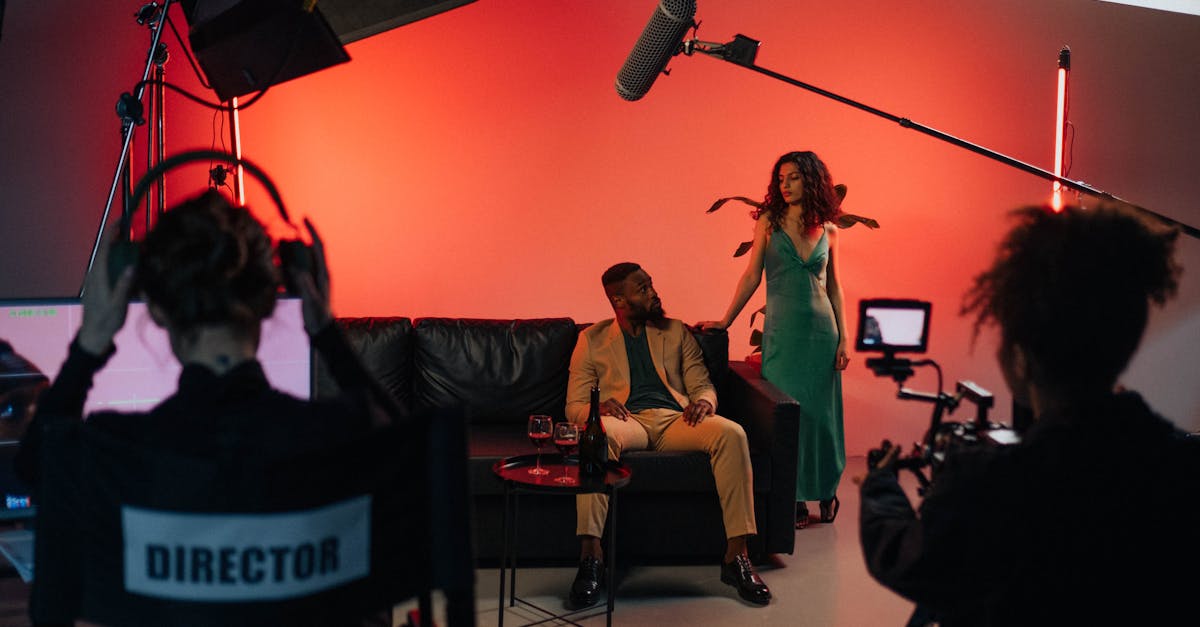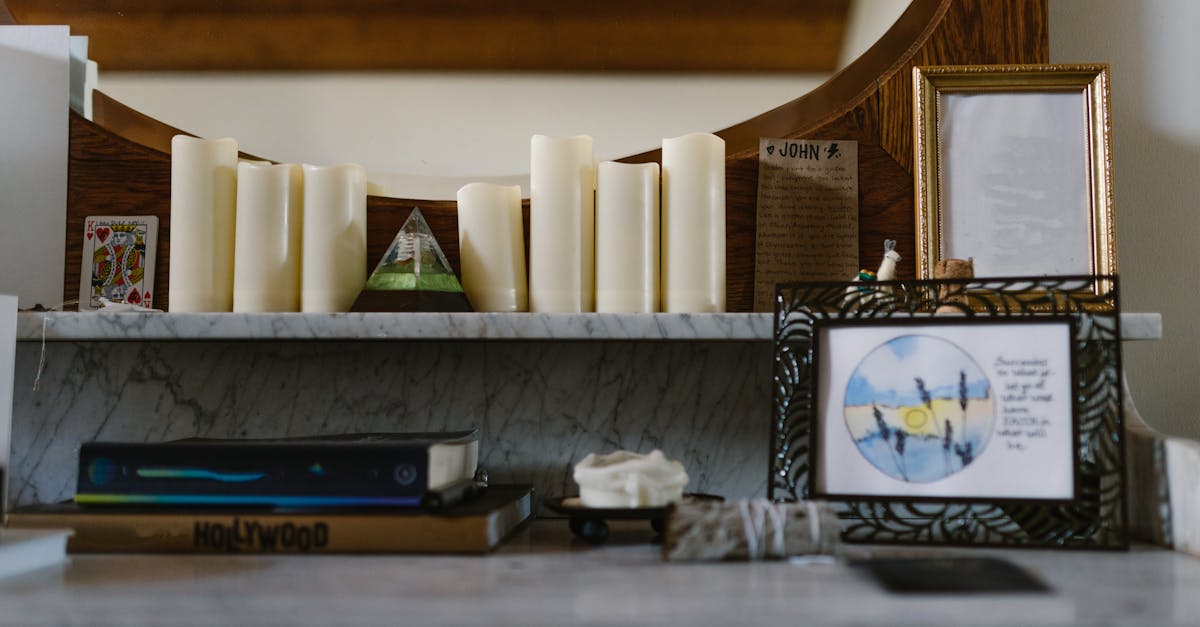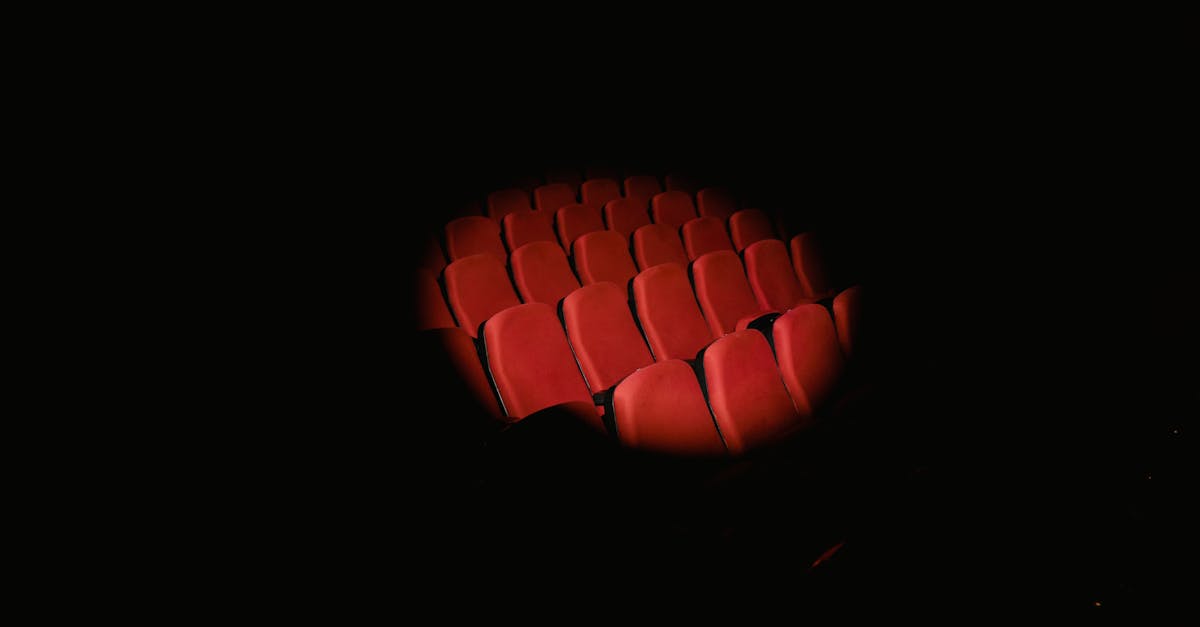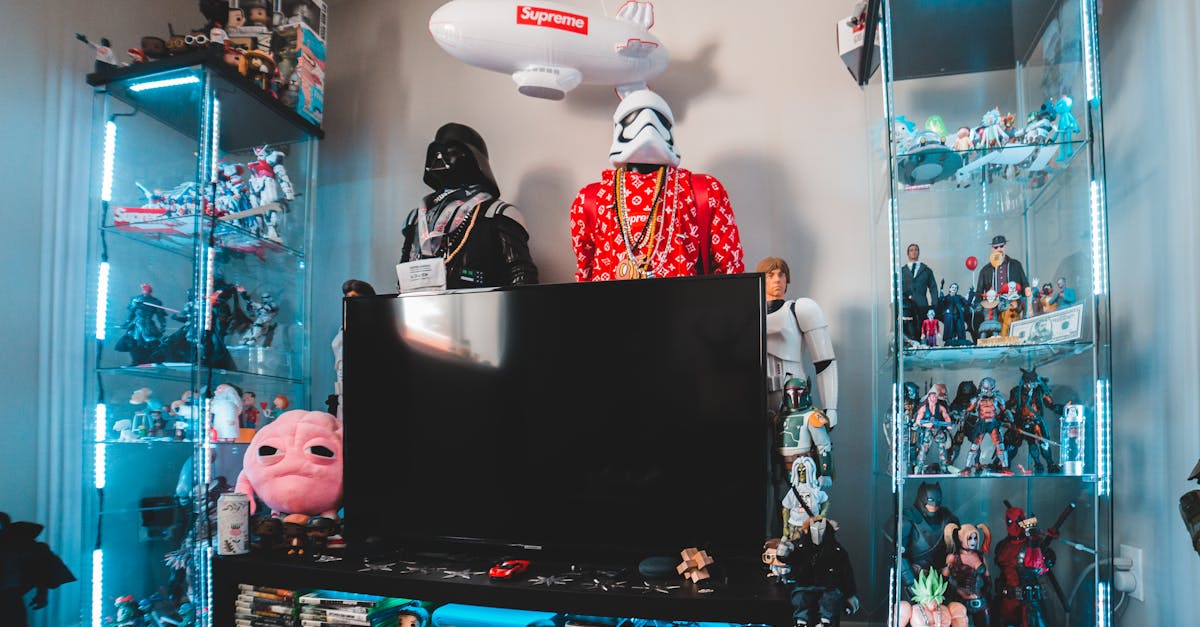Decoding Silver Screen Symphony Chronicles
Introduction
Music and film have shared a profound relationship since the first notes synchronized with moving images. This intricate dance between sound and visuals enriches storytelling and amplifies emotional depth on screen. Silver Screen Symphony Chronicles delves into this symphonic world, capturing the essence of music in filmmaking. From classic essentials to contemporary masterpieces, these chronicles illustrate how music shapes perception and impacts storytelling. The synergy between a film's score and its narrative elevates it from mere visuals to a holistic experience. With composers like John Williams, Hans Zimmer, and Ennio Morricone, the chronicles celebrate their indelible contributions to cinema.
Advertisement
The Origin of Film Scores
The relationship between music and film dates back to cinema's silent era. To combat the eerie silence of film screenings, live musicians performed in theaters to enhance the narrative experience. Early pioneers like Charlie Chaplin would compose their own music, offering a nuanced layer to the motion picture. The transition to the talkies era further solidified music's role, as films now inherently contained soundtracks. The advent of synchronized sound permitted filmmakers to experiment and embed musical motifs that echoed the film's themes. From the crescendos of classical music to original compositions, early film scores laid the groundwork for today's cinematic symphonies.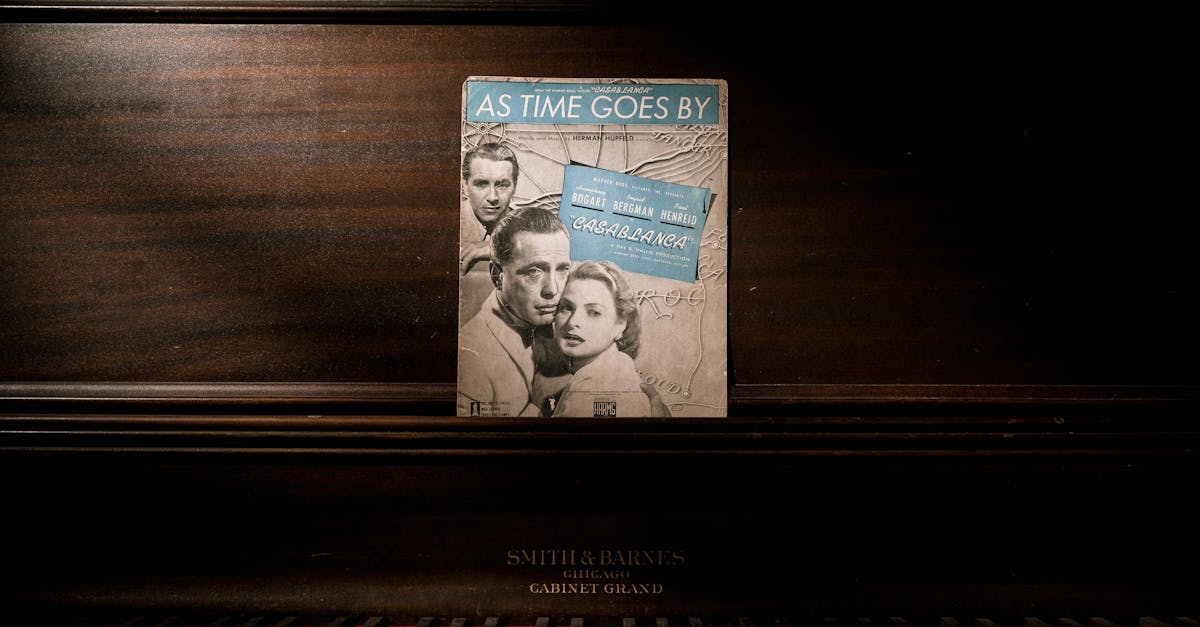
Advertisement
Iconic Scores in Film History
Certain film scores have achieved immortality, transcending their movies to become cultural touchstones. John Williams' compositions for films such as Star Wars, Jaws, and Indiana Jones set a benchmark in cinematic scoring, conjuring unforgettable emotions with each orchestration. Ennio Morricone's scores for spaghetti westerns remain haunting and atmospheric, particularly "The Good, the Bad and the Ugly." Meanwhile, Hans Zimmer revolutionized modern scoring with innovative techniques in films like Inception and The Dark Knight. These scores don't merely support the narrative; they become indispensable elements that elevate the cinematic experience.
Advertisement
The Power of Music in Storytelling
Music has the unparalleled ability to evoke emotions, manipulate tension, and cue audiences into critical moments. A well-crafted score functions as a narrative device, subtly enhancing character arcs and plot developments. For instance, Howard Shore's score for The Lord of the Rings trilogy enriches the mythical world of Middle Earth, emphasizing every hero's journey through motifs and themes. Similarly, Danny Elfman's whimsical compositions for Tim Burton's films blend fantasy with reality, enthralling audiences with a blend of playfulness and darkness. Through music, filmmakers punctuate dramatic climaxes, emphasize emotional resonance, and create lasting impressions.
Advertisement
Collaboration between Directors and Composers
The fusion of music and film hinges on the synergistic collaboration between directors and composers. This partnership ensures that every note aligns perfectly with the visual narrative. Directors like Steven Spielberg prioritize this symbiosis by frequently working with composers like John Williams to craft films with well-integrated scores. Quentin Tarantino's exceptional use of existing tracks establishes his films' stylistic and emotional tone. This collaboration not only merges talents but creates an artistic language unique to each film, subsequently enriching the viewer's experience through a harmonious integration of vision and sound.
Advertisement
Evolution to Diverse Genres and Styles
The Silver Screen Symphony Chronicles explore how film scoring has evolved with cinematic trends and genre expansion. From the tension-riddled strings of horror films to the electronic infusions found in science fiction, scores adapt and redefine genre boundaries. Alexandre Desplat's scores, for instance, demonstrate versatility, ranging from the delicate sounds of The Grand Budapest Hotel to the tension-inflected melodies of The Shape of Water. Today, film scores incorporate a breadth of sounds, reflecting the complexities of modern storytelling and the subtleties of emotional landscapes.
Advertisement
The Impact of Soundtracks on Pop Culture
Beyond film, soundtracks often echo through pop culture, deeply embedding themselves in public consciousness. Themes like the James Bond suite and "As Time Goes By" from Casablanca evoke nostalgia and immediate recognition. Soundtracks adorn playlists, ignite dance floors, and influence generations. Artists like Elton John and Lady Gaga have crossed over into film, lending their distinct musical signatures. These intersections generate rich contributions to both the music and film industries, underscoring the inextricable relationship between the two.
Advertisement
Future Directions in Film Scoring
The future of film music promises to explore uncharted territories of innovation. Immersive technologies like virtual reality and augmented reality present distinct challenges and opportunities for scoring beyond traditional cinema. Composers are experimenting with interactive scores that adapt to viewer engagement, reshaping the dynamic of storytelling through sound. The inclusion of diverse cultural elements and modern tools like AI expands the palette for composers, introducing a richer sound diversity. This continuous evolution suggests that music in film will keep challenging artistic boundaries and expectations.
Advertisement
Recognizing Timeless Influence
Silver Screen Symphony Chronicles honor the pioneers and innovators of film scoring whose contributions remain timeless. These chronicles emphasize the legacies of composers like Maurice Jarre, who challenged norms and expanded horizons with epics like Lawrence of Arabia. Understanding the symphonic journey of film underscores a broader appreciation for wider storytelling elements across time and genres. Through a historical lens, these chronicles serve as both an educational resource and a homage to the ongoing magic that transpires when sound meets vision in cinema.
Advertisement
Conclusion
Silver Screen Symphony Chronicles encapsulate the intricate relationship between music and film that creates enduring legacies in storytelling. It's through this harmonious interplay that audiences experience deeper, more resonant narratives. As technology and artistic expression evolve, new chronicles will continue to unfold, captivating viewers with innovative soundscapes. The chronicles celebrate iconic musicians and composers whose work echoes beyond the reel, highlighting the power of a single note that resonates through hearts and minds. Ultimately, these symphonic chapters underscore the timeless dance of sound and visual storytelling.
Advertisement
